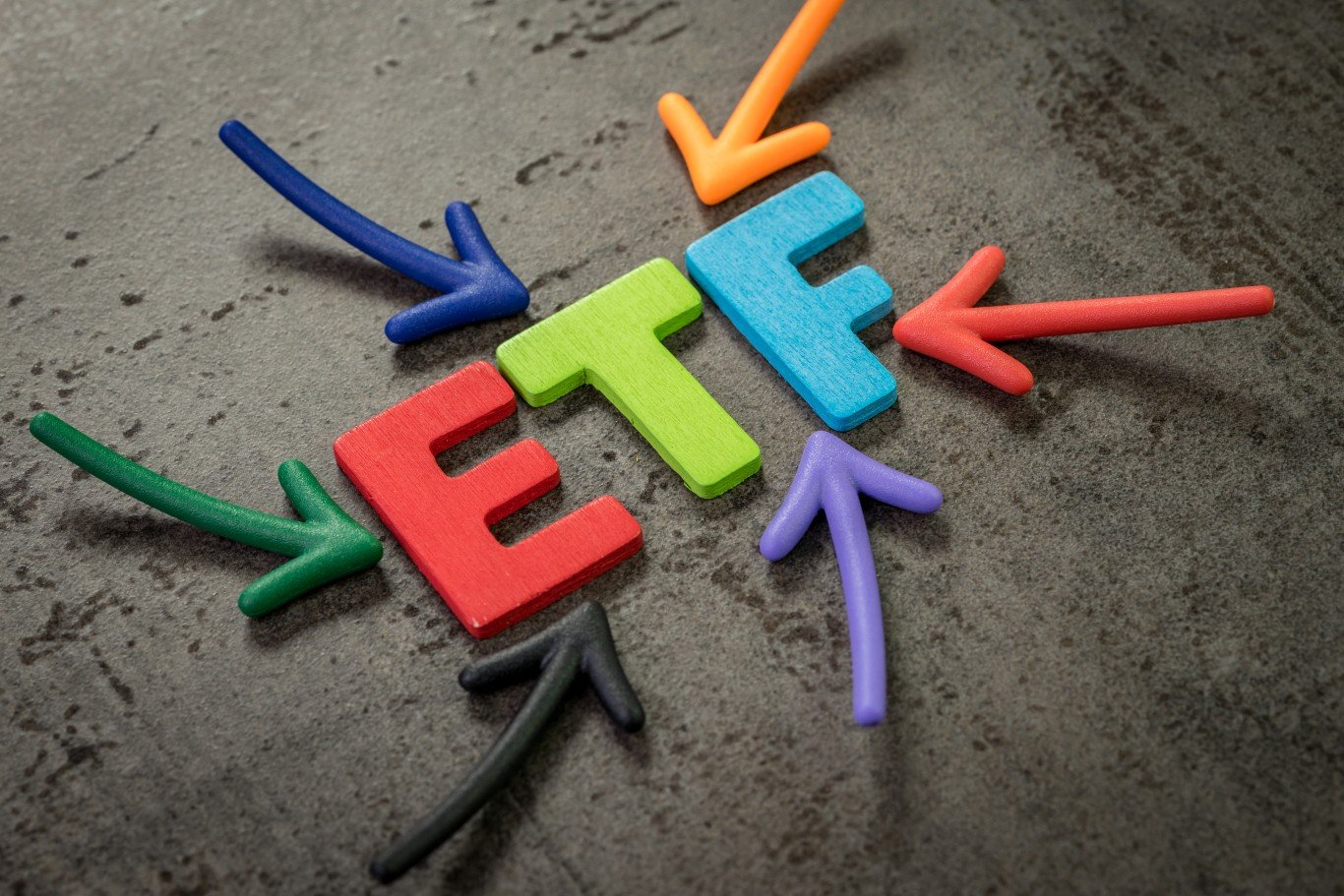

Investors who spend a lot of time planning their outfits for vacation may find comfort in a newly available exchange-traded fund (ETF). Rather than packing your “port” with suitable clothes, this fund packs your “portfolio” with a seasonal selection of stocks.
On Monday, September 25, GGM Wealth Advisors launched an active ETF GM Macro Alignment ETF (GGM) on the New York Stock Exchange Arca. GMM is an active fund that tries to beat the benchmark S&P 500 Index throughout an economic cycle by shifting between sectors and styles to optimize for the prevailing macroeconomic environment.
GMM takes a “fund of funds” approach by investing in the shares of the market sector, sub-sector, and style ETFs. For instance, its current allocation is divided evenly between five funds, which track the returns of government bonds, the healthcare sector, medical devices, consumer staples, and the utilities sector, respectively.
The money manager reminds investors that, in capital markets, wardrobe malfunctions can be costly.
“Skiing in a swimsuit or walking the beach in your snow gear would intuitively seem unpleasant,” GGM commented on the launch of the fund.
“As you can envision, packing the right outfit will certainly lead to a more enjoyable experience. The same can be said for your investments. The economy experiences different climates or ‘seasons’ too, so properly preparing your portfolio for the correct season is important.”
Anyway the wind blows?
This seasonal metaphor echoes Ray Dalio, founder of Bridgewater Associates, who is famous for his “all-season portfolio.” The hedge fund manager claims by holding a roughly equal split of stocks, bonds, precious metals, and commodities, investors can do well in all macroeconomic cycles.
Yet the financial weather is getting harder to predict – the market may be undergoing its own “climate change.”
Some analysts foresee the 2020s may herald a new era of high interest rates, which radically redraws the investing map. When interest rates were near zero, as throughout the 2010s, and the cost of borrowing so low, capital flocked to high-risk, growth stocks. Yet the Fed’s historic monetary tightening has transformed the yield curve and put fixed-income investing and defensive strategies in the spotlight.
All the uncertainty may cause more investors to seek active funds lest they misallocate their capital based on yester-decade’s assumptions and find their portfolio has a chronic “seasonal sickness” and underperforms for many years to come.
Getting Active
From the start of this year, more investors wanted their managers to get off the sidelines, on the field, and play hardball with the market. In February, investors pulled more than $10 billion from passive index-trackers and funneled over $8 billion into active ETFs.
By tinkering with the allocation and using tools like derivatives for leverage, active managers try to give their participants an extra boost when the market is pumping or at least limit losses during a prolonged decline.
So far this year, active has remained in the lead. According to a Morningstar analysis, 57% of US actively managed mutual funds and ETFs outperformed their passive competitors in the 12 months that ended on June 30 this year. Yet last year, only 43% of active funds came out ahead.
In sizing up GMM, investors must consider the macroeconomic outlook and whether this fund’s investment thesis makes sense for their portfolio.
They should also note that active does not come cheap. Whereas most passive funds charge less than 0.10% per annum, GMM carries an expense ratio of 0.88%.
Previously published at Wealth of Geeks
Sponsored: Attention Savvy Investors: Speak to 3 Financial Experts – FREE
Ever wanted an extra set of eyes on an investment you’re considering? Now you can speak with up to 3 financial experts in your area for FREE. By simply
clicking here you can begin to match with financial professionals who can help guide you through the financial decisions you’re making. And the best part? The first conversation with them is free.
Click here to match with up to 3 financial pros who would be excited to help you make financial decisions.
Thank you for reading! Have some feedback for us?
Contact the 24/7 Wall St. editorial team.



